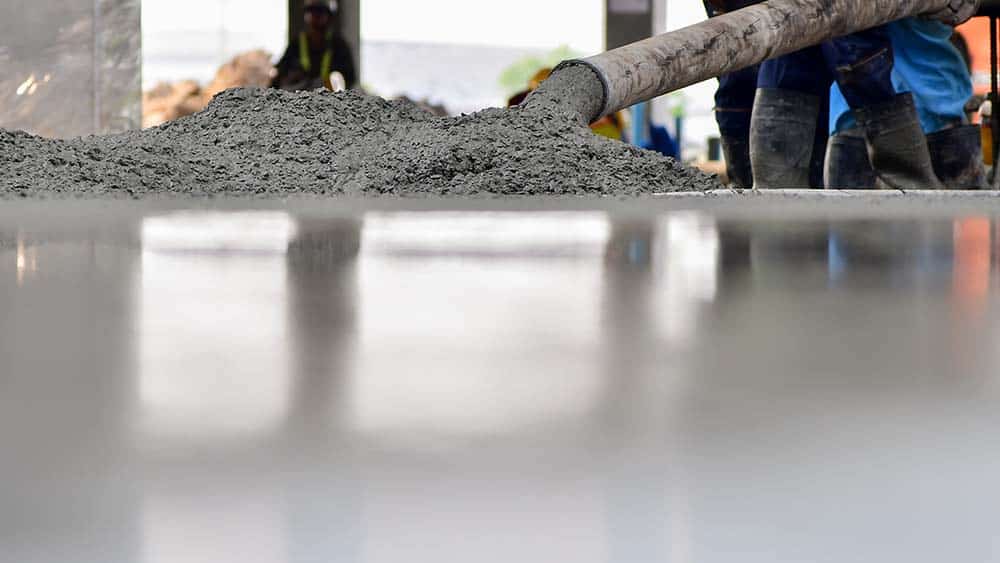How To Make Your Concrete Workable In Imperial Beach?

- The foundation of workable concrete lies in its mix design. It’s vital to use the right proportions of cement, aggregates, water, and additives to achieve the desired consistency and strength. A well-designed mix ensures that the concrete is neither too stiff nor too fluid, making it easier to handle and place. Consult with a qualified engineer or utilize software tools to optimize your mix design based on project requirements and environmental conditions.
- Water plays a critical role in the workability of concrete, but too much or too little can adversely affect its performance. Adding the correct amount of water is essential for achieving the desired slump—the measure of consistency in freshly mixed concrete. Excessive water can lead to segregation, reduced strength, and increased shrinkage, while insufficient water can result in poor workability and inadequate hydration. Use water-reducing admixtures or adjust the mix design to maintain the ideal water-to-cement ratio and enhance workability without compromising strength.
- Uniform mixing is essential for distributing cement, aggregates, and other ingredients evenly throughout the concrete mixture. Whether using a concrete mixer or mixing by hand, ensure that all components are thoroughly combined to avoid variations in consistency and strength. Overmixing can lead to excessive air entrainment and reduced workability, while undermixing may result in inadequate hydration and poor bonding. Follow manufacturer guidelines and industry best practices to achieve consistent mixing and optimal workability.
- The way concrete is placed and consolidated significantly impacts its workability and final quality. Employ proper placement techniques such as using formwork to contain the concrete, placing it in layers of uniform thickness, and consolidating it thoroughly to remove air voids and ensure full compaction. Vibrating screeds, rollers, or trowels can aid in consolidating and finishing the concrete surface, improving its workability and durability. Pay attention to temperature, humidity, and curing conditions to prevent premature drying or cracking.
- Finishing and curing are crucial steps in the concrete construction process that influence its workability and long-term performance. Finish the concrete surface promptly after placement to achieve the desired texture, smoothness, or pattern while it’s still workable. Then, apply appropriate curing methods such as covering with moist burlap, applying curing compounds, or using curing blankets to retain moisture and promote proper hydration. Adequate curing enhances concrete strength, durability, and workability by reducing shrinkage, cracking, and surface defects.
FAQs
How Can I Increase The Workability Of Concrete Without Adding Excess Water?
Utilize water-reducing admixtures or superplasticizers to improve workability without increasing water content. These additives disperse cement particles more effectively, allowing for better lubrication and flow of the concrete mixture.
What Should I Do If The Concrete Becomes Too Stiff During Placement?
If the concrete starts to stiffen before it’s fully placed and consolidated, consider using high-range water-reducing admixtures or mid-range water reducers to regain workability and ease of handling. Avoid re-tempering by adding water after initial mixing, as it can weaken the concrete.
How Long Should I Wait Before Finishing And Curing Freshly Poured Concrete?
The timing for finishing and curing concrete depends on various factors such as temperature, humidity, and mix design. As a general guideline, finish the surface as soon as it’s firm enough to support finishing equipment without causing excessive indentation. Begin curing immediately after finishing to prevent moisture loss and ensure proper hydration.
Conclusion
Achieving workable concrete requires careful attention to mix design, water content, mixing techniques, placement procedures, and curing methods. By following these five tips and addressing common concerns through proper planning and execution, contractors and builders can ensure the successful completion of concrete projects with optimal workability and durability. For more information, contact Concrete Contractor Imperial Beach at (619) 414-1918.